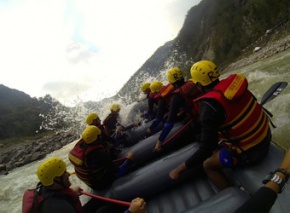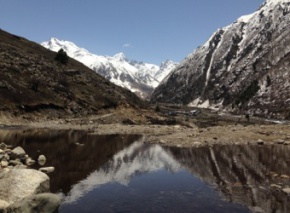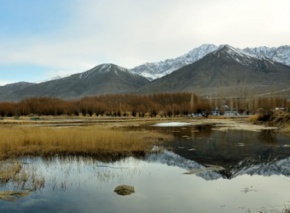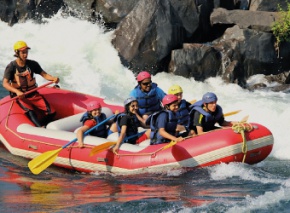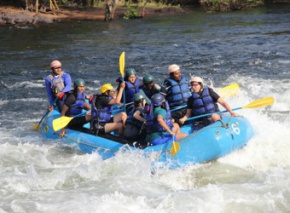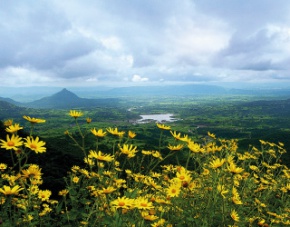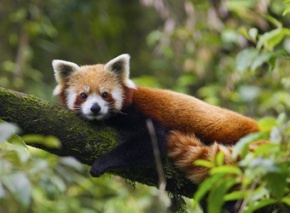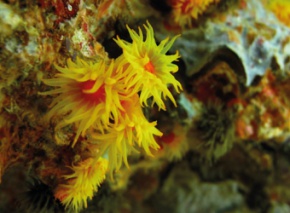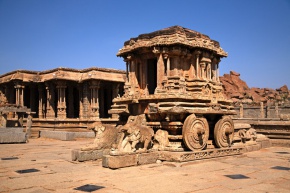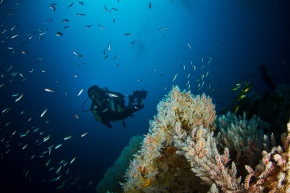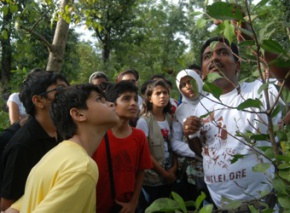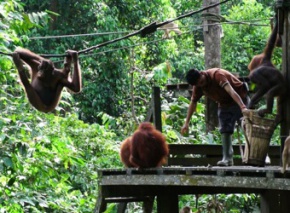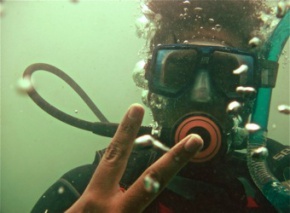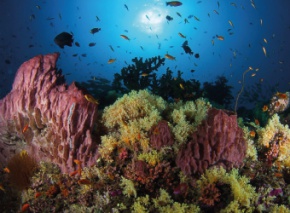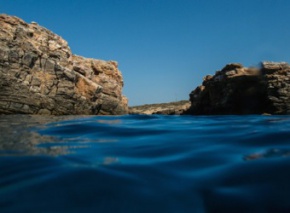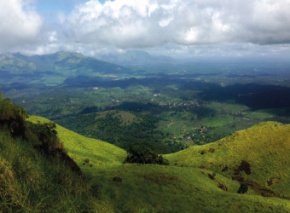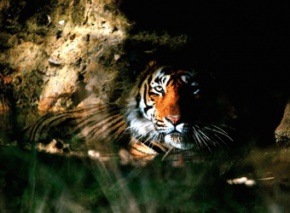
A trip to Kinabalu Park should atleast be 4 night and 5 days so that it allows students to explore these activities curated for this module comfortably, with clear learning outcomes.
Given below are a few activities that can be conducted at this destination, along with the appropriate age group. Our forte is customisation, so feel free to select ONE, ALL or ANY combination of these activities to design a trip unique to your curriculum and experiential learning needs.
Kota Kinabalu, the capital of the state of Sabah in East Malaysia, is also home to a plethora of flora and fauna and is renowned for being a nature lover’s haven. The objective of this expedition is to explore the 5th tallest peak in south East Asia’s and explore the amazing land of Borneo while focussing on life skills with a mix of activities like trekking, diving, cultural exploration and much more.
Mount Kinabalu is the highest mountain on the island of Borneo in the east Malaysian state of Sabah. It is the fourth highest mountain in the Malay Archipelago. It is an ultra-prominence peak with 13,435 feet (4,095 meters) of prominence, making it the 20th most prominent mountain in the world. This trek will take approximately 2 days to complete.
Day I - We will begin the trek at Timpohon Gate, ranging from 4-5 hours , the trail will take you through varied vegetation zones, ranging from Oak and Chestnut woods, to mossy plateaus and finally into alpine flora near the peak.
Day II - We will begin our descent back to Timpohon Gate and each participant will receive a Certificate of Achievement. Following which, transfers will be provided to return to the capital city.
Monsopiad was a famous Kadazandusun warrior. We will visit the home of the warrior's descendents, the Monsopiad Cultural Village where over 42 skulls of his adversaries and tales of his legendary exploits are displayed. The village is a documentation of the culture and customs of the Kadazan people, and will provide unique insights for the students into the tapestries of legend, myth and custom that are woven through the cultural ethos of the region and honoured through these memorials.
The aim of this activity is to help students interpret the region they are exploring, through many different lenses and to inspire a sense of respect and instill wonder for the myriad cultures that have walked this region for thousands of years.
From the mountains and tribal villages, we now descend into the bustling city of Kota Kinabalu. Students will explore the architecture of the city with a visit to the regions' talllest building, Tun Mustapha. They will learn more about the history of this amazing city, with a visit to the Sabah Museum, explore its religious diversity with a visit to the Sabah state mosque and Chinese temple. Finally enjoy the sights from Signal Hill ending with an opportunity to purchase souveniers from the Filipino Handicraft Market.
The Marine Park is a cluster of islands; Pulau Gaya, Pulau Sapi, Pulau Manukan, Pulau Mamutik and Pulau Sulug. The park is spread over 4,929 hectares, two-thirds of which cover the sea.The islands are underlaid by folded sandstone and sedimentary rock, are part of the Crocker Range rock formation of the western coast of Sabah. Towards the end of Ice Age happened about one million years ago, changes of the sea level occurred, resulting in portions of the mainland being cut off by the sea, thus forming the islands today.
Students will have the opportunity to dive into cerulean waters under the supervision of diving experts and explore marine ecosystems earning their Open Water Certification in the process. They will learn how to dive responsibly, observe behaviours of tropical reef fish, and understand the link between corals and ocean health, climate change and marine conservation.
CONSERVATION CONCERN
Made up of 3 countries in 746,000 sqkm of land, Borneo’s forests are home to 221 species of mammals, 620 species of birds, 35% out of its 15,000 plant species that are found nowhere else and over 150 species of dipterocarp trees. In each tree, there are 1,000 insect species. And that’s just a rough estimate.
Over the past ten years, 360 new species have been found. Borneo’s dipterocarp forests are threatened by land conversion to plantation, lack of income-generation for rural communities, immigrant farmers, coal mines, access roads and fire.

Related Destinations

Region: India
Active Modules: Life Skills Expeditions, Project Based Trips, Service and Sustainability

Region: India
Active Modules: Life Skills Expeditions, Project Based Trips, Service and Sustainability

Region: India
Active Modules: Life Skills Expeditions, Project Based Trips

Region: India
Active Modules: Life Skills Expeditions, Project Based Trips, Service and Sustainability, Terrestrial Ecosystem Exploration

Region: Vietnam
Active Modules: Life Skills Expeditions, Service and Sustainability

Region: India
Active Modules: Life Skills Expeditions, Project Based Trips, Service and Sustainability

Region: India
Active Modules: Life Skills Expeditions, Service and Sustainability

Region: India
Active Modules: Terrestrial Ecosystem Exploration, Project Based Trips, Service and Sustainability

Region: Borneo
Active Modules: Speleology Expeditions, Life Skills Expeditions, Service and Sustainability

Region: Thailand
Active Modules: Marine Ecosystem Exploration, Service and Sustainability, Project Based Trips

Region: India
Active Modules: Speleology Expeditions, Life Skills Expeditions

Region: India
Active Modules: Terrestrial Ecosystem Exploration, Service and Sustainability

Region: Sri Lanka
Active Modules: Marine Ecosystem Exploration, Project Based Trips

Region: India
Active Modules: Marine Ecosystem Exploration, Life Skills Expeditions

Region: India
Active Modules: Terrestrial Ecosystem Exploration, Project Based Trips, Service and Sustainability

Region: Borneo
Active Modules: Terrestrial Ecosystem Exploration, Project Based Trips

Region: India
Active Modules: Marine Ecosystem Exploration, Project Based Trips, Service and Sustainability

Region: Greece
Active Modules: Marine Ecosystem Exploration, Life Skills Expeditions, Service and Sustainability, Project Based Trips

Region: India
Active Modules: Terrestrial Ecosystem Exploration, Project Based Trips

Region: India
Active Modules: Project Based Trips, Life Skills Expeditions, Service and Sustainability, Terrestrial Ecosystem Exploration

Region: India
Active Modules: Terrestrial Ecosystem Exploration, Project Based Trips, Service and Sustainability

Region: Vietnam
Active Modules: Speleology Expeditions, Life Skills Expeditions

Region: India
Active Modules: Terrestrial Ecosystem Exploration, Project Based Trips, Life Skills Expeditions

